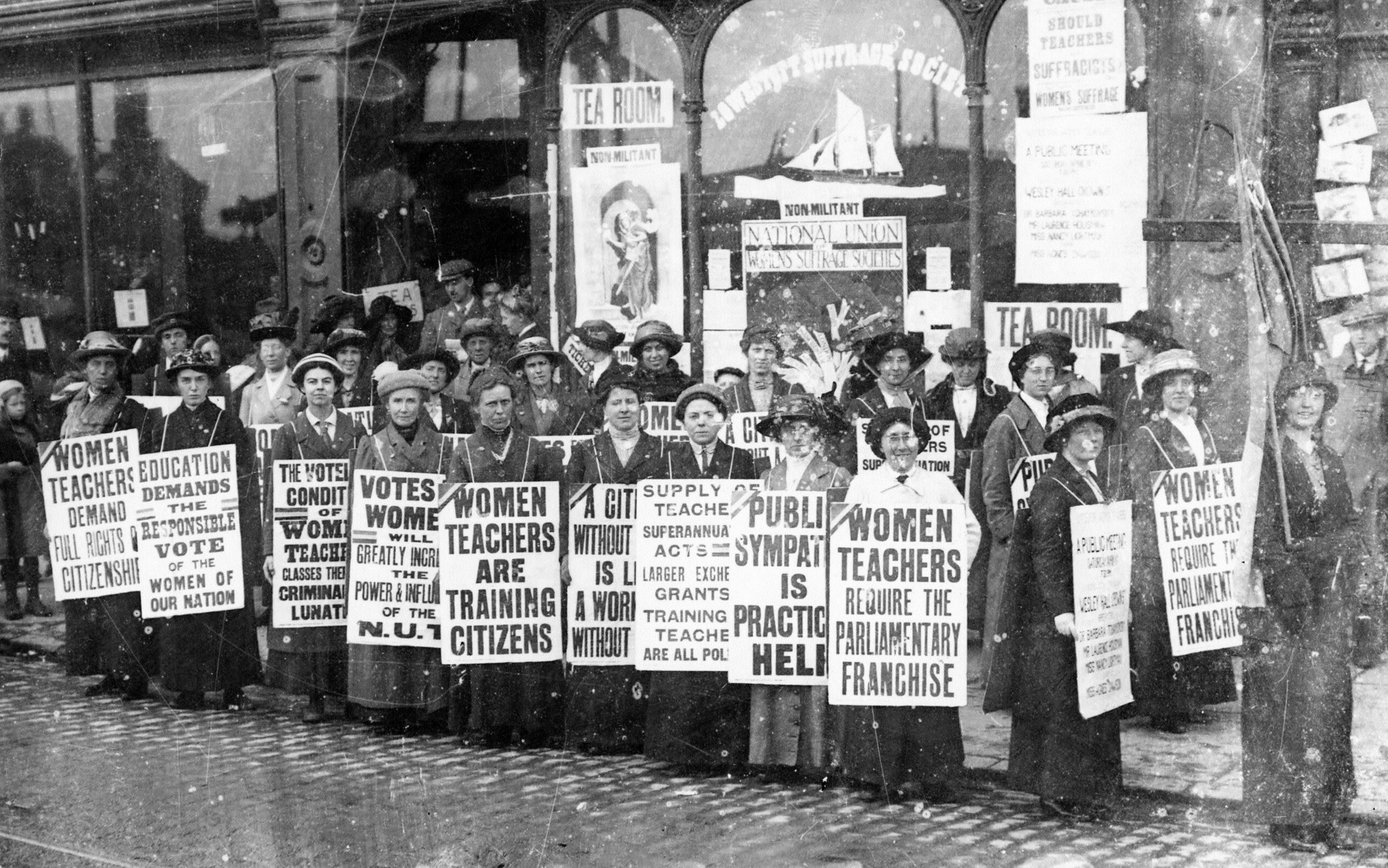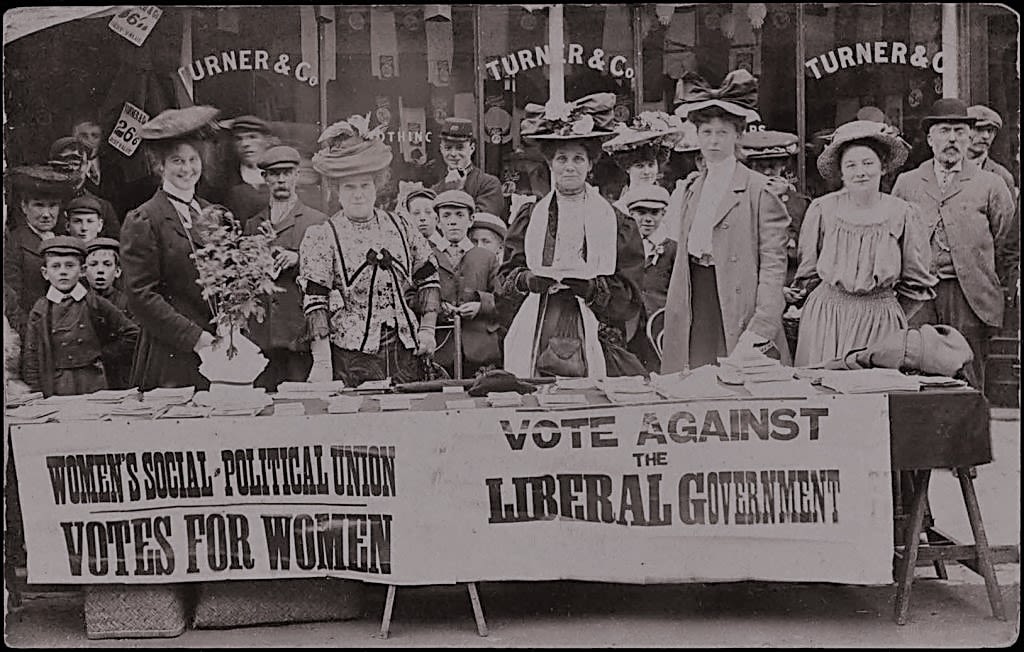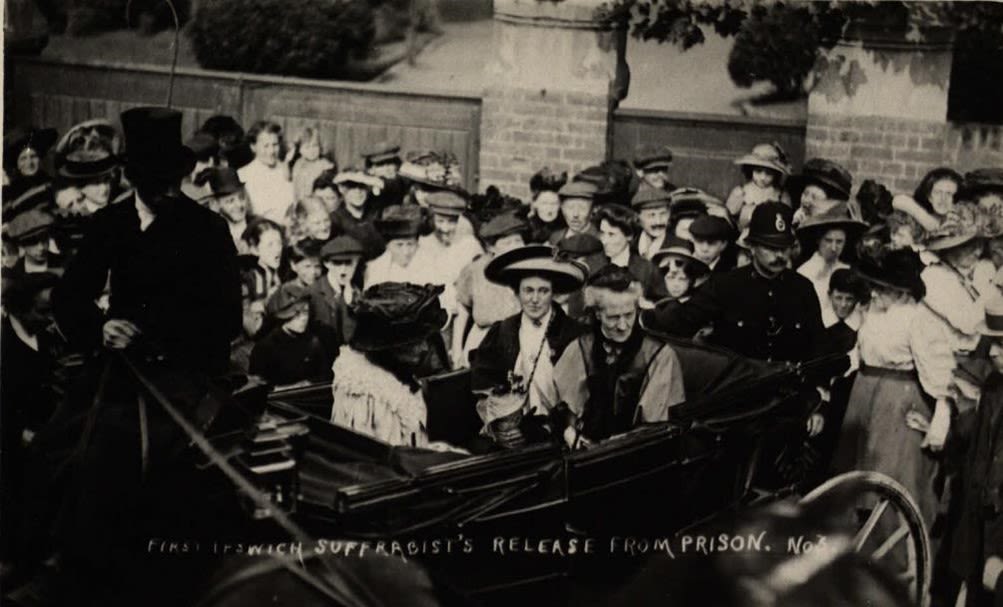WOMEN DON'T DO SUCH THINGS!
An online exhibition

Walk in the footsteps of Suffolk women past and present who have smashed these expectations and led change in their communities, careers and countries throughout history. Explore the pioneering work of activists, doctors, archaeologists, pilots and many more moving and poignant stories of Suffolk women breaking down barriers.
You can visit the exhibition 'Women don't do such things!' for free at The Hold by clicking the link below.


Mary Matilda Betham
Mary Matilda Betham was born on the 16th of November 1776. In 1794 Mary went to stay with her uncle in London; this visit encouraged her to become a professional writer as this neighbourhood was the centre for booksellers, publishers, and engravers. Here she also developed her skill for painting, and she exhibited her own artwork at the Royal Academy of Arts between 1804 and 1816.
Mary, writing during the Romantic period, had a vocation as a poet which she took very seriously and which was recognised during her lifetime by positive reviews and the respect of more famous poets. Yet a large part of her output seems to be untraceable: she often published anonymously in magazines, or sent work to friends that never reached print. Mary did show evidence in her writing of the disadvantages faced by women in society. A pamphlet she published in 1821 called on the public to sign a petition of support for Queen Caroline, who was accused of committing adultery against King George IV. The rumours were disproved, but Caroline's access to her daughter was nonetheless restricted. Mary also wrote to a member of parliament asking him to continue working for general suffrage.
Mary struggled her whole life financially. She tried to get employment using her painting skill, however her inability to afford clothing meant that her “shabby” appearance prevented her from getting work. She first turned to the Royal Literary Fund in 1817. In her life Mary was admitted into an asylum twice by her parents, first in 1819 after suffering a mental breakdown. She believed she had been unjustly incarcerated, and once released she kept her address a secret so that her family could not find her and send her back. After being released she was given a one-of payment for travel; unfortunately her family committed her to an asylum again in 1822.
In her later years Mary returned to London where she maintained her friendships and love of literature. However, it was hard for her to make a living; Mary died in 1852 in London.
Matilda Betham-Edwards
Matilda Betham-Edwards was born in Westerfield, Suffolk, on the 4th of March 1836. She was the daughter of farmer and landowner Edward and Barbara Edwards; she was the niece and goddaughter to Mary Matilda Betham. She loved France and was very strongly connected to her Huguenot descent. She made it her mission to bring about better understanding of France and the French. The French government made her an Officier de l’Instruction Publique de France in recognition of this, and she was awarded a medal at the Franco-British Exhibition in 1908.
She was a novelist, travel writer, and Francophile. She published many books and written works during her career. Matilda published her first novel when she was 21 years old, The White House by the Sea. It was very successful: it was reprinted several times, pirated in the United States, and in print for forty years. She is often cited as a lesbian artist, but there is no evidence to corroborate this.
Matilda signed the 1866 petition to give women the right to vote but seemed to change her view about votes for women, and was later described as a 'passive opponent of the movement’. She passed away in 1919 in Hastings, Sussex.
Edith Maud Cook
Edith Cook was born in Ipswich on the 1st of September 1878 to John and Mary Ann Cook. Edith was inspired when she was 10 years old; a balloon descent held in the honour of Queen Victoria’s 69th birthday at Alderman Road recreation ground inspired an unconventional career path as a parachutist and aviator.
At the age of 20, Edith began a career in dangerous parachuting exhibitions across the country for spectators. This led to her enrolment into the Bleriot aviation school in France where she trained to be a pilot, in which she succeeded and became the first British woman to pilot a plane in 1910. Unfortunately, she died the same year after a jump from a balloon gone wrong in Coventry. She made over 300 balloon ascents from her 12 year long career as a lady parachutist.
Her birthplace in Fore Street has since been marked by a blue plaque from the Ipswich Society in 2007. There was a book published in 2021 by Sally Smith about Edith’s life, titled Magnificent Women and Flying Machines.
Edith Pretty
Edith Pretty was born on the 1st of August 1883, her father was a wealthy industrialist Robert Dempster who married her mother Elizabeth. Throughout her childhood her family travelled frequently, and her father was an amateur archaeologist; he excavated a Cistercian abbey on a site near their family home. This was where Edith’s love of history and archaeology came from.
She was a magistrate for Woodbridge, Suffolk, and became heavily involved in local life and her community. After her father died in 1919, she purchased the Sutton Hoo estate of 526 acres, where she began to plan excavations of the site as close as 500 yards from her home. With the help of the Suffolk Institute for Archaeology, the Royal Historical Society, the Ipswich Museum and an archaeologist Basil Brown, they were able to undertake excavations for two years that Pretty oversaw. One of those being the ship burial mound, one of the most important excavations there and a significant find. Sadly, her archaeologist career was cut short as she died at the age of 59 on the 17th of December 1942.
Edith was portrayed by actress Carey Mulligan in the 2021 film The Dig, which received positive criticism but does contain some historical inaccuracies.
Stella Cobbold
Stella Willoughby Savile Cobbold was born in 1882 in Hertfordshire. She is significant in women’s history because of her achievements in creating the Suffolk branch of the British Red Cross. She and Mabel Pretty co-founded the Suffolk branch and both their husbands were in the 6th Battalion of the Suffolk Regiment.
Both Pretty and Cobbold oversaw the group of women who established Hospital Supplies Depot and the country-wide networks of depots which supplied goods to Red Cross hospitals across the country, as well as sending supplies to the battle fronts. Military hospitals owe a lot to Stella because of her work in the British Red Cross. Stella moved on to care for those recovering from injuries and the Spanish flu. She devoted her life to helping others. She died in 1918 from the Spanish flu.
Dorothy Crowfoot Hodgkin
Dorothy Hodgkin was born on the 12th of May 1910. Her parents worked in North Africa and the Middle East, and they sent Dorothy to school in England, where she fought hard to study science along with male students. She was one of two female students. She then went on to read Chemistry at Somerville College, Oxford: she was one of the first people to study the structure of organic compounds using X-ray crystallography. She graduated with a first-class honours degree, the third woman at this institution to achieve this distinction.
Dorothy then moved to Cambridge University in 1932 to complete a PhD and received a fellowship at Somerville, Oxford where she stayed until she retired in 1977. In 1960, Dorothy was appointed the Royal Society's Wolfson Research Professor, a position she held until 1970. She tutored future Prime Minister Margaret Thatcher at Oxford.
During her career she was nominated more than once for a Nobel Peace Prize, which she won in 1964 for her work on penicillin and vitamin B12. She was also made a member of the Order of Merit, Britain’s highest honour for achievement in science, the arts and public life. In 1969 she was able to uncover the structure of insulin for the first time; this was instrumental in paving the way for insulin to be mass-produced and was used to improve the treatments for diabetes.
Later in life she devoted time and effort to the cause of scientists in developing countries, and she worked to improve East-West relations and disarmament. She was also president of the Pugwash Conferences on Science and World affairs from 1975 to 1988; this was an organisation that brought scientists from around the world together to discuss peaceful progress toward international security and development. She passed away in 1994.
You can find out more about women's history at the exhibition 'Women don't do such things!' for free at The Hold. For more information about this exhibition, or other events, click the link below.


